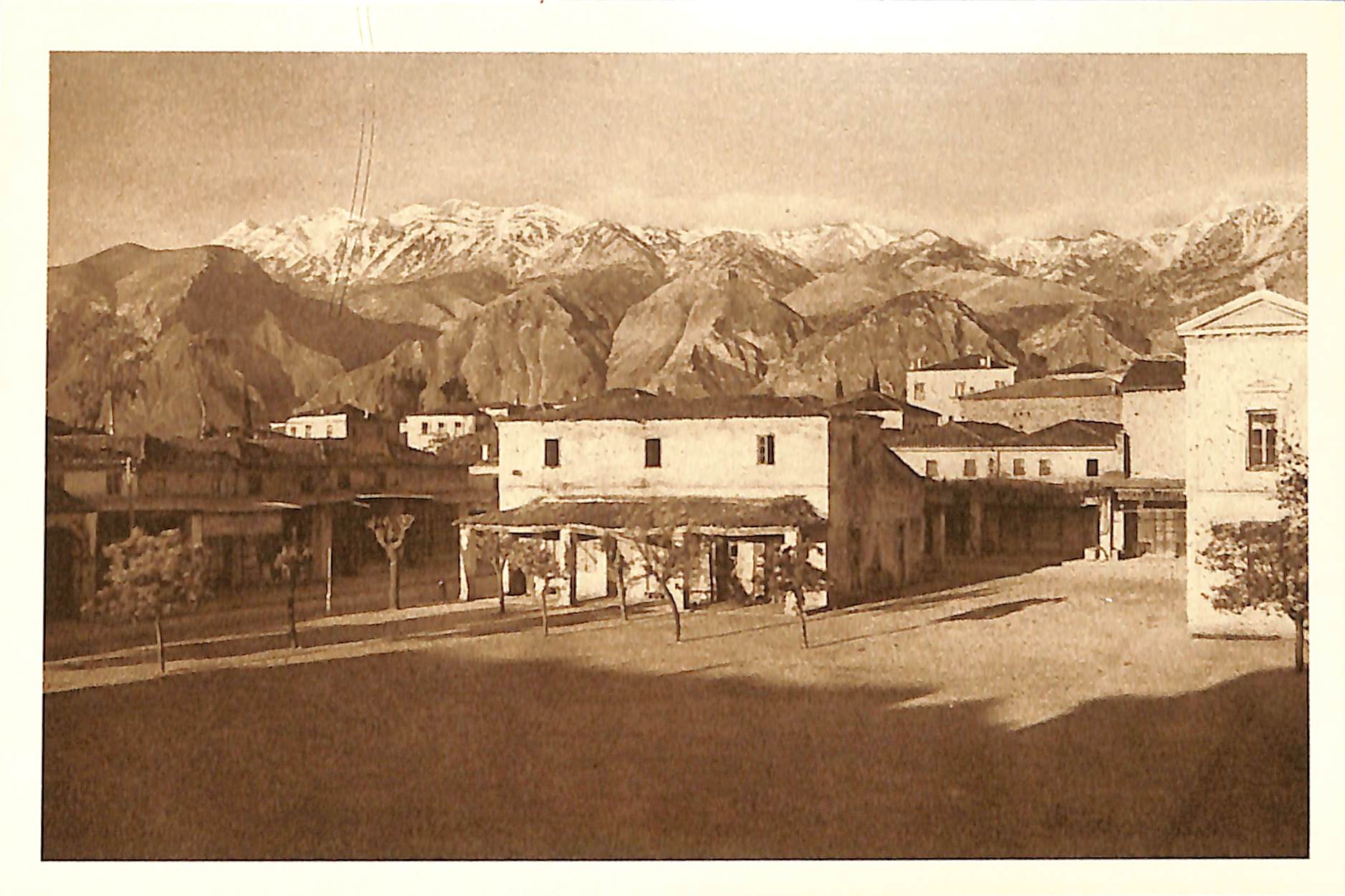
4/28/2025 4:04:34 PM
Sparta in the 19th century
In 1834, by a royal decree from King Otto, Sparta was rebuilt as a modern city where the ancient city once stood, while Mystras, the administrative center of Laconia till then, declined and was abandoned as a consequence of the establishment of the new city, with its inhabitants being relocated to the new capital. On January 1, 1857, in an official ceremony, the authorities of Mystras were officially transferred to the new city, which was also the first in Greece to be planned with an urban design, due to its glorious past and the special interest it attracted from the Philhellenes. The city's urban plan was designed according to the plans of the German architect Stauffert, which included straight, wide streets and large squares, such as the central square of Sparta. Numerous beautiful neoclassical buildings were also constructed in the city, lending it a unique charm that endures to this day. In 1876, the neoclassical one-story Archaeological Museum of Sparta was erected, designed by Theophil Hansen. It became the first archaeological museum to be built in a provincial city of the newly established Greek State. Pictured: View of the central square of Sparta in the early 20th century. In the background the snow-covered mountains of Taygetos. ©Municipal Photography Museum of Kalamaria ‘Christos Kalemkeris’.

